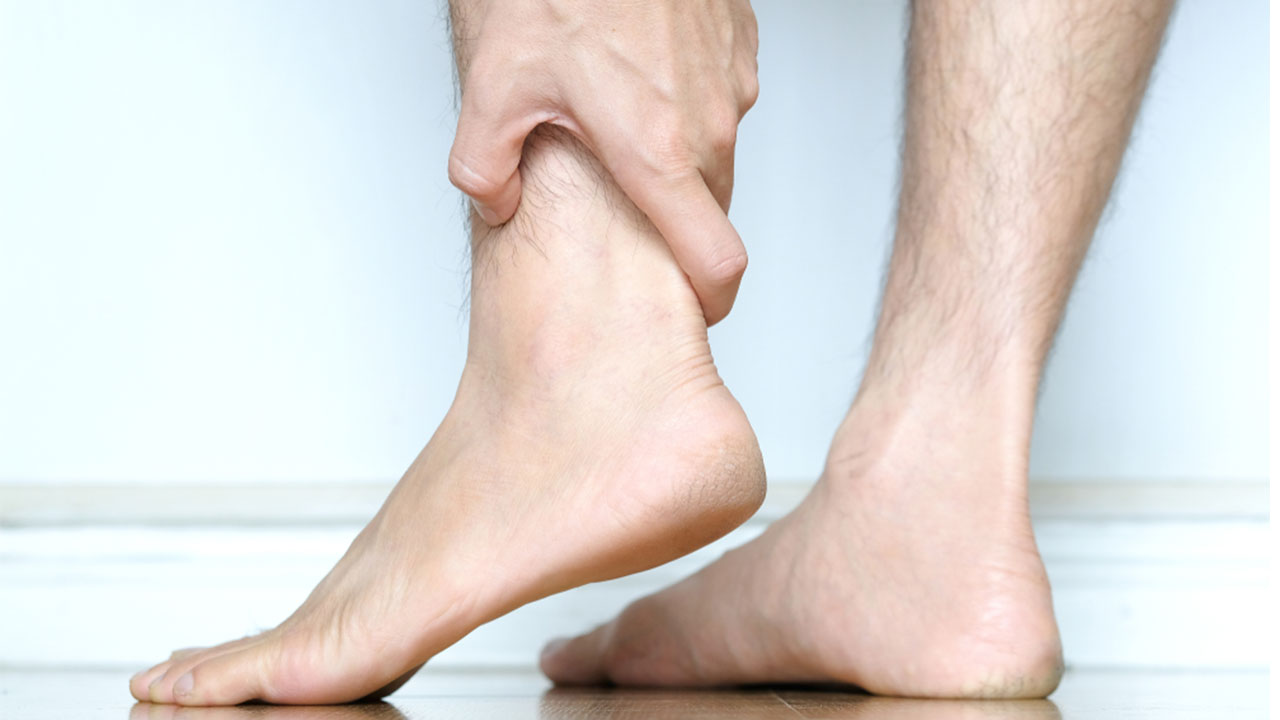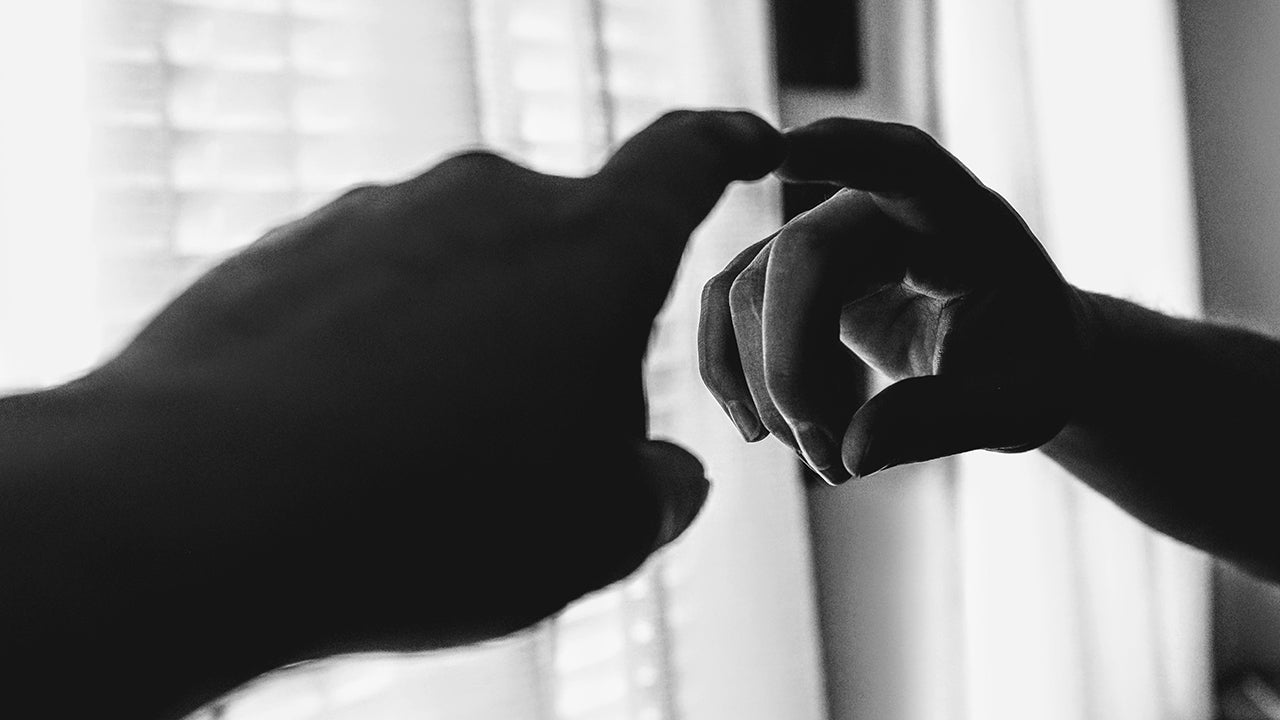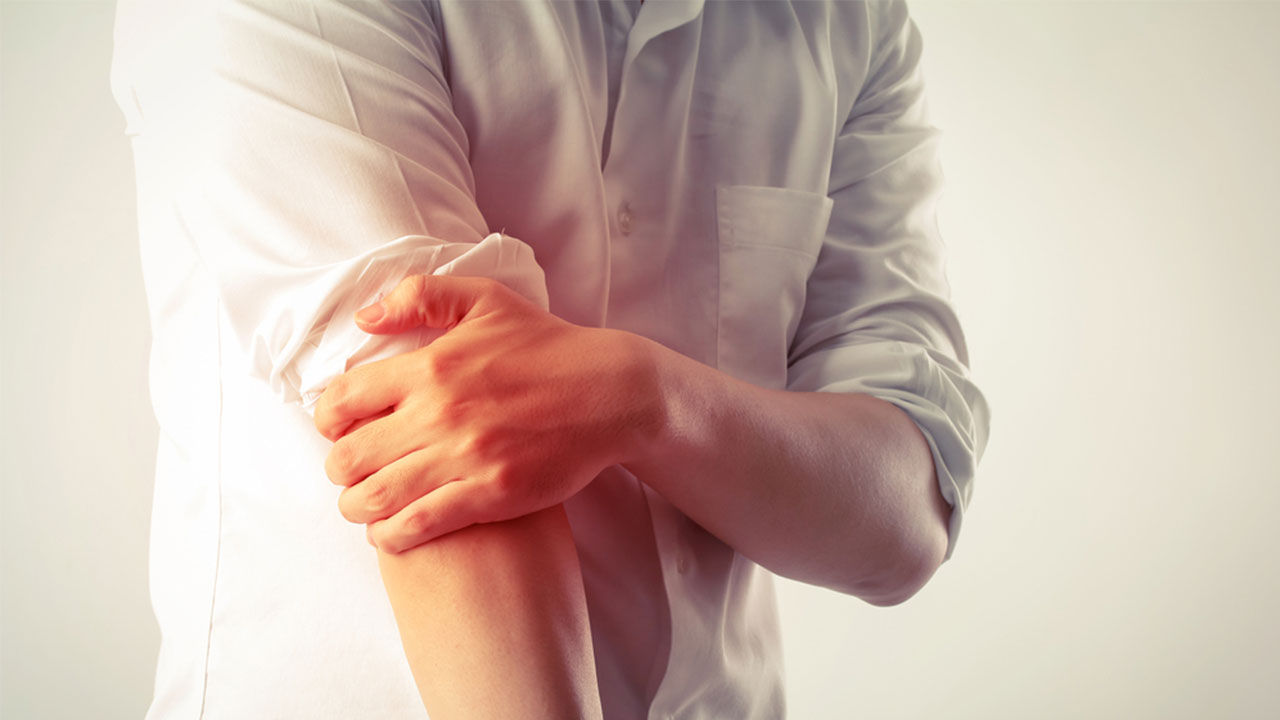Tendonitis Foot Pain: Causes, Symptoms and Solutions
 By: by Amino Science
By: by Amino Science

Tendonitis, or tendinitis, of the foot can occur in several areas of your foot, heel, and ankle. Tendonitis foot pain can severely hamper your daily activities, starting first thing in the morning (when it's at its most painful), and then clear into the evening. Not only does tendonitis foot pain turn every step you make into a chore, it can also lead to decreased physical activity, and even back and neck problems if you develop a limp to ease the pain. This article has information on the causes, symptoms, and treatment options for different types of foot tendonitis so you can hopefully address the condition before it becomes chronic.
What Is Tendonitis?
The "-itis" in tendonitis refers to inflammation, and it can afflict just about any tendon in your body, from those in your shoulders, your elbows (familiar with tennis elbow?), your wrists, your knees (how about jumper's knee?), and, of course, your feet. Tendonitis of the foot can be tricky to deal with because many of us need to be on our feet for hours each day. Plus, our feet are as complex as our hands are when it comes to the vast number of small bones and moving parts.
Each of our feet have 33 joints, 26 different bones, and over 100 tendons, ligaments, and muscles. Just one connector out of sync and it's like a rope has snapped in the rigging of a massive sailing ship: it could be an easy fix or it could be the first domino to fall in a series of ever-greater catastrophes. Tendons are the cords that attach muscle to bone, and while they are encased in lubricating sheaths to help protect them from friction and injury, one misstep or ankle injury could cause compounding pain and inflammation unless it's treated quickly and correctly.
Read on to discover the common causes and symptoms of tendon injury to help identify the problem as soon as possible.

What's Causing Tendonitis Foot Pain?
Our tendons are built tough, especially the ones in our feet. While the tendons in our wrists and hands can be injured easily due to the delicate fine motor skills they're meant to conduct, our feet bear the full weight of our bodies every day: walking, running, extending, climbing, and jumping when needed. However, even these strong bands have limits as to how far they can stretch.
When a tendon is repeatedly stressed or injured, small tears develop along its length, causing the body to respond at first with healthy inflammation, which may then lead to painful, chronic inflammation. Common causes of tendonitis of the foot include overuse, having high arches or flat feet, and sports-related or accidental injuries, but determining which tendon has been afflicted is the first step in discovering the cause and the solution.
Let's highlight the main tendons in the foot, so you can better determine the location of your tendonitis foot pain as well as the causes, symptoms, and suggested treatments.
Ankle and Achilles Pain
The Achilles tendon is the thick band that attaches the back of the heels to the calf muscles.
Causes
Achilles tendonitis is often due to an injury from sports like soccer, but can also be caused by:
- Tight calf muscles
- Heel spurs or plantar fasciitis (a condition affecting the ligament in the foot's arch)
- Sporting or accidental injury
- Overuse without enough recovery time
Symptoms
Symptoms of Achilles tendonitis may include:
- Achilles pain
- Stiffness of motion
- Swelling at the heel bone or ankle
- Difficulty walking in the morning or after long periods of rest
Treatment for a one-time injury may require no more than rest, ice, and over-the-counter anti-inflammatory drugs like acetaminophen (Tylenol) or ibuprofen (Advil). However, for athletes or those suffering serious injuries, it's recommended that you consult a health care professional to determine whether physical therapy or orthotic shoe support is appropriate. For those with an underlying anatomy problem like flat feet (overpronation), orthotic support will help remove strain from the area and may help drastically prevent future injury.
Inner Ankle Pain
Your posterior tibial tendon is on the inside of your leg near your inner ankle bone, and it attaches your calf muscle to the inside of your foot, holding up the arch as you walk.
Causes
Causes of injury to this tendon often come from:
- High-impact sports movements (jumping and landing in basketball, soccer, tennis, etc.)
- Obesity or being overweight
- Wear and tear due to aging
- Overpronated or flat feet
Symptoms
Pain in this tendon will have symptoms like:
- Swelling of the inner side of the foot
- Pain on the inner side of the foot
- Radiating pain throughout the foot if the foot collapses
Once more, the standard treatment is rest, ice, and possibly anti-inflammatory medications, but if this is a chronic problem due to the shape of your foot, your gait, or a sporting activity you regularly take part in, consult a doctor or physical therapist for advice on orthotic support or perhaps cortisone steroid injections to the area.
Outer Foot and Ankle Pain
There are two peroneal tendons in each foot. One runs from the lower leg bone (the fibula, next to the shin bone) and wraps around the outer ankle bone to where it attaches to the little toe. The other runs underneath the foot, attaching to the inside arch. They help stabilize our ankles and our arches while walking.
Causes
Peroneal tendonitis could be caused by:
- Repeated ankle sprains
- Unsupportive footwear
- Overuse or overtraining injury
- Having high arches
- Having muscle imbalances
Symptoms
Common symptoms of injury include:
- Pain when pushing off the foot
- Pain when turning the foot in and/or out
- Pain and/or swelling at the back of the ankle
- Ankle instability
- The area feels warm to the touch
Treatment is the same: rest, ice, elevation, anti-inflammatory drugs or natural supplements, orthotics, and certain stretches meant to help loosen and strengthen the calf muscles and ankle stability. Seek medical advice from a physical therapist or health professional to learn proper stretching techniques for your specific tendonitis foot pain.
Top of the Foot Pain
Extensor tendons are in both our hands and our feet. In our hands they're the ones on top that help to move our fingers, wrists, and thumbs, and in our feet they connect between the muscles at the front of our legs to our toes. They're very close to the surface of the skin (you can feel them shift if you wiggle your toes), and thus are all the more vulnerable to injury.
Causes
Extensor tendonitis can be caused by:
- Too-tight footwear
- Being on your feet for extended periods of time (fast food workers, nurses, warehouse workers, etc.)
- Walking or running on uneven surfaces
- Tight calf muscles
Symptoms
Symptoms of extensor tendonitis may include:
- Pain on the top of the foot
- Swelling, bruising, tenderness on the top of the foot
- Pain that worsens with activity and feels better when at rest
Treatment can involve rest, ice, and pain meds, but it also could be as simple a solution as changing the way you lace your shoes: if too much compression on these tendons is causing your foot pain, lacing shoes loosely, knotting the laces to the side instead of on top, or choosing a new style of footwear could alleviate the pain.
Big Toe Foot Pain
The flexor tendon runs from the lower leg, travels along the inside of the ankle, and attaches to the big toe.
Causes
The causes of flexor tendonitis may be:
- Overuse of the big toe
- Injury of the big toe
- Improper footwear
- Proper ballet dancing or other flawed forms of dance or sport
Symptoms
Symptoms of this tendonitis may include:
- Pain deep within the inside back of the ankle
- Pain in the foot's arch (distinct from plantar fasciitis)
- Pain when bending the big toe or on the outer side of the big toe
- Tenderness anywhere along the course of the tendon
Treatment includes rest, ice, possible pain medications, stretching or massage, physical therapy, and (for dancers especially) taping up the foot to help protect the form and stability of the arch.
Don't Foot the Bill for Tendonitis
Tendonitis foot pain is well known in sports medicine due to the extra strain put on feet during rapid or prolonged physical activity, but it can affect anyone. Tendonitis symptoms should be well-heeded, as taking care of these twinges and inflammatory reactions early can mean saving yourself from months or years of chronic pain.
Long-term foot pain can derail your exercise regimen and limit your range of motion, so it's important to seek medical advice or to get a physical exam as soon as possible to rule out underlying medical conditions. The sooner you get the support you need, the more likely you'll be able to relieve your pain through simple, nonsurgical treatment.
Should your doctor advise surgery, you can accelerate recovery with nutritional aids, such as essential amino acids. Learn more here.

Up to 25% off Amino
Shop NowTAGS: conditions
Join the Community
Comments (0)
Most Craveable Recipes




 833-264-6620
833-264-6620



















